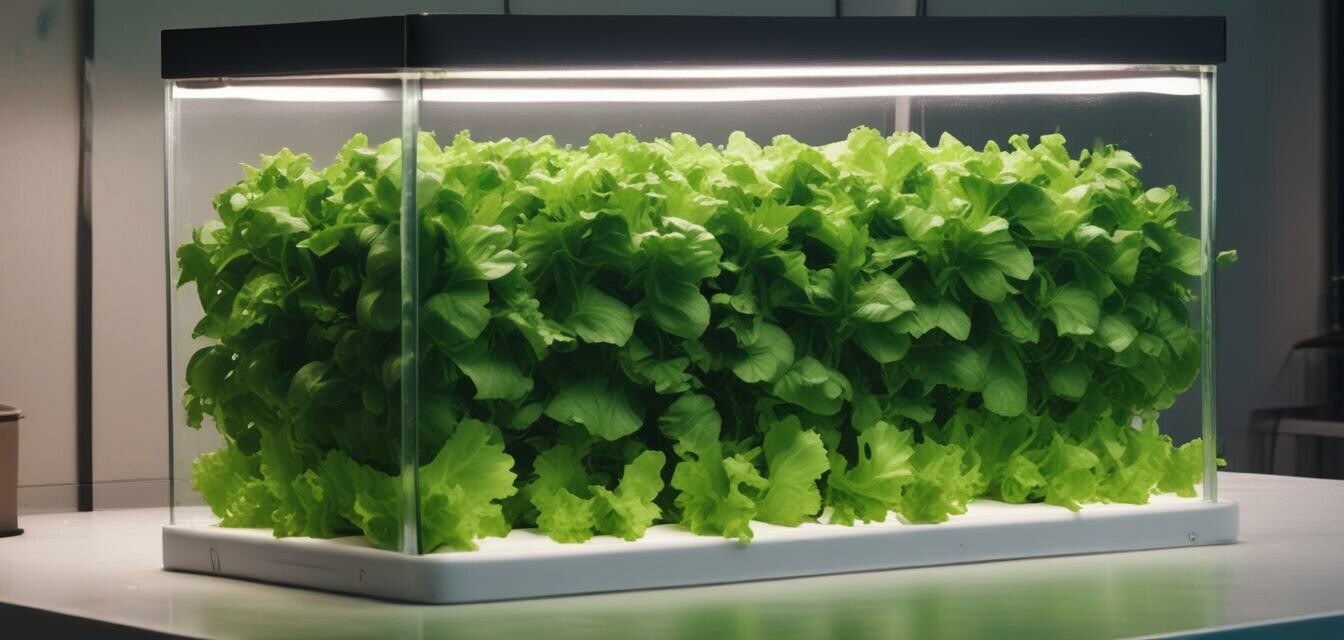
Hydroponic systems with recyclable materials
Key Takeaways
- Recyclable materials can be effectively used in hydroponic systems.
- Building eco-friendly hydroponic systems promotes sustainable gardening practices.
- Using common household items reduces waste and saves money.
- Many types of plants can thrive in a recyclable hydroponic setup.
- With DIY projects, you can adjust the systems to match your personal gardening needs.
Creating hydroponic systems using recyclable materials is more than just an innovative gardening idea; it’s a way to promote sustainability and reduce waste in our daily lives. By using materials that might otherwise be discarded, you can build an efficient and productive system while also contributing to environmental conservation. In this article, we’ll explore various recyclable materials that can be transformed into hydroponic systems and provide guidelines on how to create your own.
What are hydroponic systems?
Hydroponic systems allow plants to grow without soil, using a nutrient-rich water solution to provide necessary nutrients directly to the roots. This method is becoming increasingly popular for individuals with limited space or poor soil quality, as it promotes quicker growth and higher yields.
Benefits of using recyclable materials
Using recyclable materials for hydroponic systems can bring several benefits:
- Cost-effective: Many recyclable materials are free or very low-cost, reducing your overall gardening expenses.
- Environmentally friendly: This approach reduces waste in landfills and encourages sustainable practices.
- Creativity and customization: Recyclable materials can be used in unique and creative ways, allowing for personalized gardening setups.
Common recyclable materials for hydroponic gardening
Below is a list of some recyclable materials that you can easily transform into hydroponic systems:
| Material | Usage | Tips |
|---|---|---|
| Plastic bottles | Self-watering containers or vertical gardens | Cut the bottles, fill with growing media, and insert your plants. |
| Old furniture | Framework for larger systems | Repurpose shelves as platforms for multiple plants. |
| Milk cartons | Simple planters for seedlings | Cut the cartons in half, fill with media, and grow your seedlings. |
| Glass jars | Aquaponic setups and small growing systems | Use aquaponic principles with fish and plants together. |
| Cardboard boxes | Temporary planters for quick growth | Line with plastic to prevent leaks before filling with soil. |
Step-by-step guide to building a basic hydroponic system
Here’s a simple guide to create your own hydroponic system using recyclable materials:
- Choose your container: Select a recyclable item (like a plastic bottle or glass jar) that suits your space.
- Prepare your container: Ensure your container has holes for drainage and enough space to hold water and plants.
- Add growing media: Fill your container with a suitable growing medium, such as clay pebbles or rock wool.
- Mix nutrient solution: Prepare your nutrient solution according to guidelines (often using store-bought hydroponic solutions).
- Plant your seedlings: Insert seedlings into the growing media and ensure they are secure.
- Monitor and maintain: Regularly check water levels, plant health, and nutrient concentration.
Examples of creative hydroponic systems using recycled materials
Here are some inspiring ideas for your own projects:
- Vertical gardens made from plastic bottles hung in rows.
- Fish tanks used in combination with plants in aquaponic setups.
- Tyres layered with soil in creative arrangements for larger plants.
- Old kitchen shelves adapted as a multi-tiered growing station.
Maintenance and care
Once your hydroponic system is established, proper maintenance is key to ensuring healthy plant growth. Here are some tips:
- Ensure adequate light: Place your system in a well-lit area or use grow lights to supplement natural light.
- Check water regularly: Keep the water levels consistent and the nutrient mixture balanced.
- Control temperature: Maintain a suitable temperature for plant growth, usually between 65°F and 75°F.
- Prune as needed: Regularly prune plants to encourage healthier growth and better yields.
Pros
- Low-cost materials can easily be found at home.
- Encourages creativity and personalized setups.
- Supports eco-friendly gardening practices.
Cons
- Likely to require more maintenance compared to traditional systems.
- Some recyclable materials may not be durable long-term.
Conclusion
Building hydroponic systems with recyclable materials is a rewarding pursuit that anyone can explore. Not only does it foster sustainable practices, but it can also save money and fuel creativity in your gardening methods. From simple planters made of plastic bottles to intricate systems using multiple materials, the possibilities are endless. For further inspiration on enhancing your hydroponic gardening experience, consider visiting our DIY projects section for more exciting ideas.

